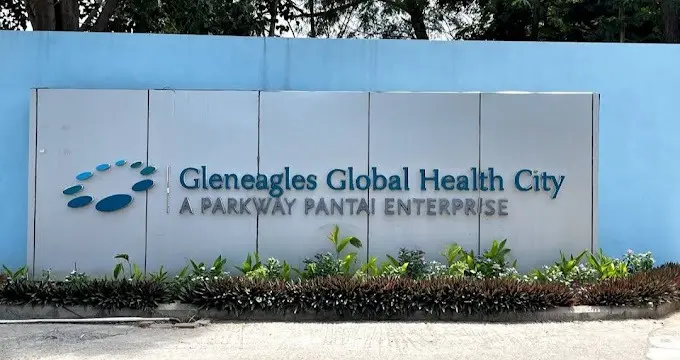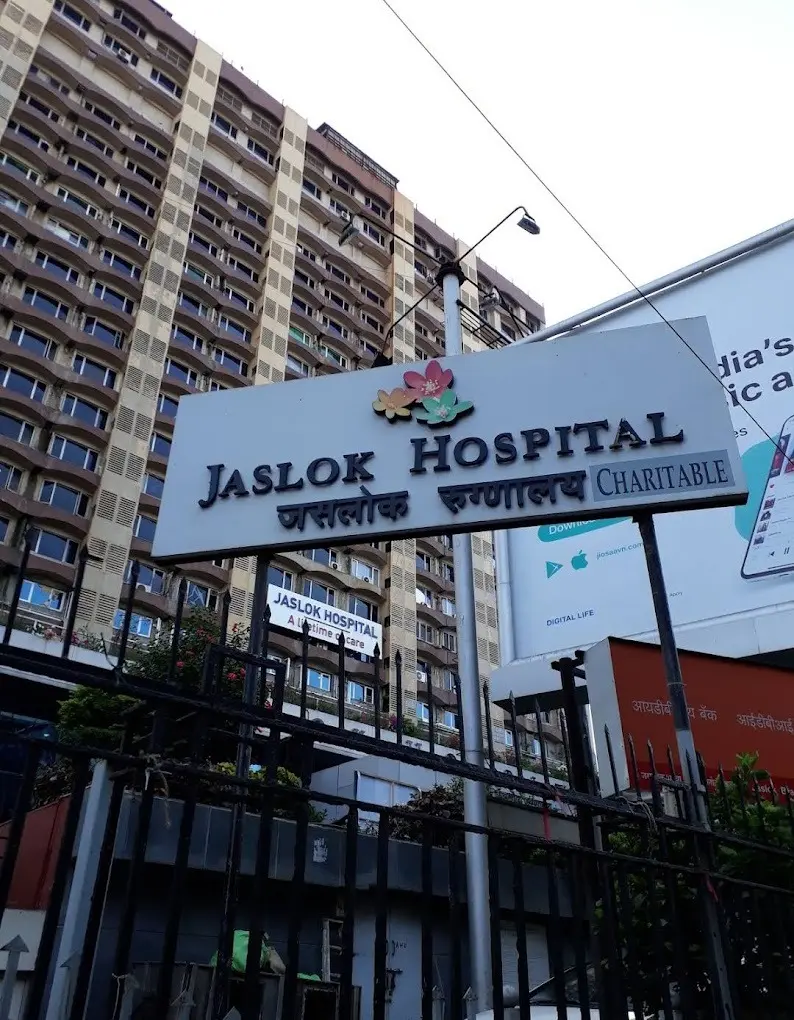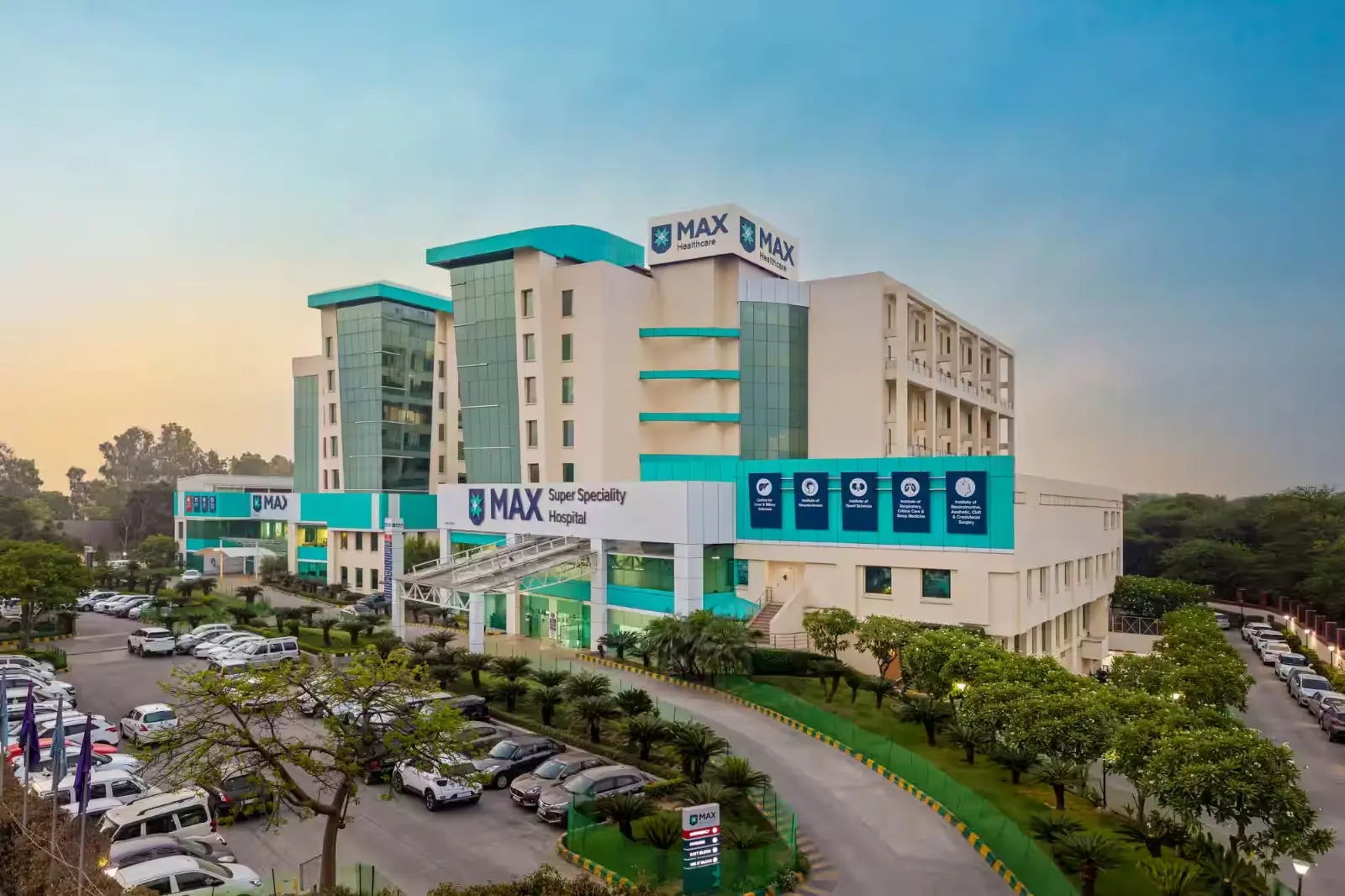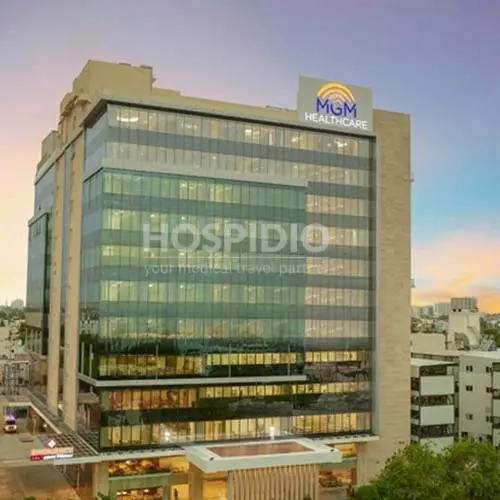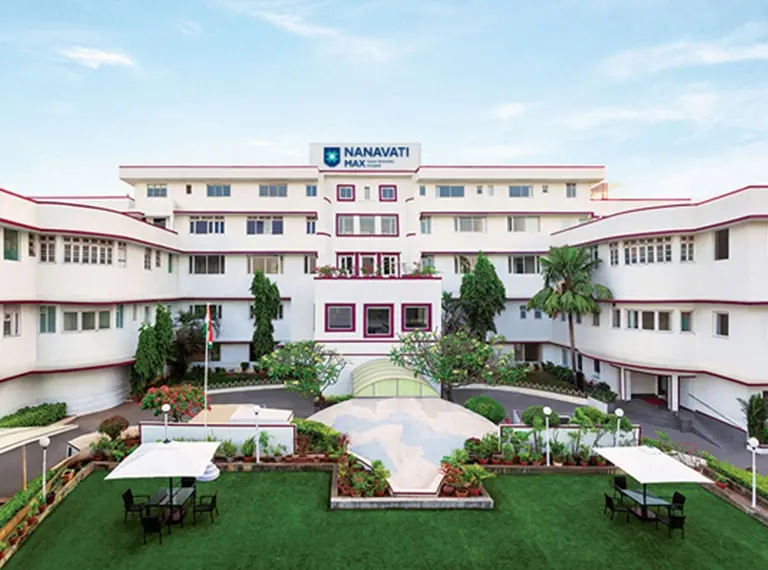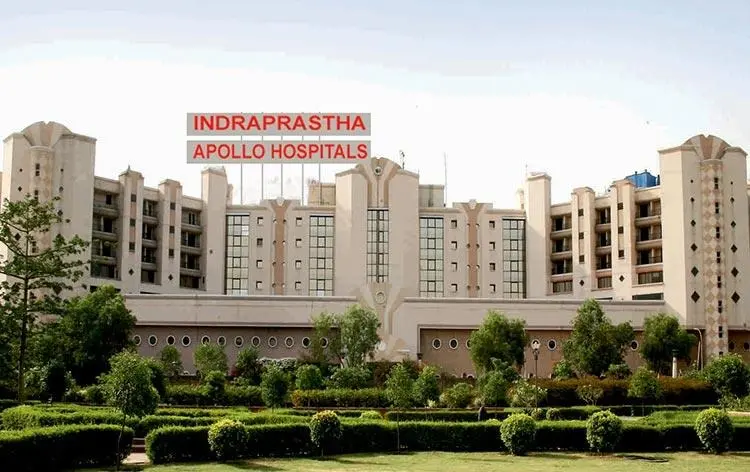Transarterial Chemoembolization (TACE) cost in India
The Transarterial Chemoembolization (TACE) cost in India ranges from $4,500 to $8,500, which is approximately 3,96,000 to 7,48,000 Indian Rupees. The final expense depends on various factors such as the size and location of the tumor, number of sessions required, total number of tumors, choice of hospital, the interventional radiologist’s expertise, and the patient’s overall condition at the time of the treatment.
Some patients may need an extended hospital stay before or after the procedure, which has an impact on the overall cost. Patients may also need additional treatment, such as a liver transplant, after successful TACE.
Cost Range of Transarterial Chemoembolization (TACE) cost in India
What is TACE?
TACE is a minimally invasive procedure used mainly for liver cancer (eg. hepatocellular carcinoma, or HCC) and sometimes for cancers that have spread to the liver. It works by delivering chemotherapy directly to the tumor through its blood supply, while simultaneously blocking the artery with embolic particles to cut off the blood flow, enhancing the effect of the drug. The main purpose of this therapy is to shrink the liver tumors.
Get a free cost estimate
Who is an Eligible Candidate for TACE in India?
The following category of patients are generally considered eligible for TACE in India:
1. Confirmed Diagnosis of Liver Cancer
TACE is most commonly recommended for patients with hepatocellular carcinoma (HCC), the most frequent type of primary liver cancer. It may also be used for cancers that have spread to the liver when other treatments are not effective.
2. Unresectable or Inoperable Tumors
Patients whose tumors cannot be removed by surgery or who are not suitable candidates for liver transplantation are ideal for TACE. This includes patients with multiple liver nodules or tumors in difficult-to-reach areas.
3. Adequate Liver Function
Candidates should have Child-Pugh class A or B liver function, meaning the liver is still working reasonably well. Patients with advanced liver failure (Child-Pugh class C) are usually not eligible.
4. No Major Vascular Invasion
TACE works best when the main liver blood vessels are not completely blocked. Patients with extensive portal vein thrombosis may not be suitable for this procedure and may have to rely on traditional intravenous chemotherapy.
5. Good General Health
Patients should be in relatively stable health, with proper heart, lung, and kidney function. An ECOG performance status of 0–2 (ability to perform daily activities independently or with mild limitations) is preferred.
6. Not Responding to Other Therapies
TACE is often considered for patients who are not responding adequately to systemic treatments (like oral targeted drugs or immunotherapy) or for those who cannot tolerate them.
Types of TACE Treatment in India
Type of TACE Treatment | Description | Cost Range in USD |
Conventional TACE (cTACE) | Uses a chemotherapy drug mixed with lipiodol (an oily contrast agent) followed by embolic particles to block the tumor’s blood supply. Commonly used for primary liver cancer (HCC). | $4,500 – $6,500 per session |
Drug-Eluting Bead TACE (DEB-TACE) | Uses special beads loaded with chemotherapy drugs that slowly release the drug directly into the tumor while also blocking blood flow. Provides more targeted and sustained effect with fewer systemic side effects. | $6,500 – $8,500 per session |
Get a free cost estimate
TACE Cost in India Inclusions
First consultation
Treatment as advised
Routine drugs and consumables required during hospitalization
Hospital stay and meals as per the package
TACE Treatment Cost in India Exclusions
Pre-treatment examination and tests
Hotel stay, meals and flights
Extended hospital stay
Post-treatment follow-ups
Treatment for any other underlying medical conditions
Anything not covered in the package
Any other treatment as advised
Any complex investigations or drugs
Other Factors Affecting TACE Treatment Cost in India
Number of sessions advised
Choice of location, doctor and hospital
Pre-existing medical history
Additional treatments advised
Tests Required Before TACE in India
Type of Test | Purpose | Cost Range (USD) |
Complete Blood Count (CBC) | Checks red & white blood cells and platelets to ensure safe procedure. | $50 – $80 |
Liver Function Tests (LFTs) | Evaluates bilirubin, albumin, and liver enzymes to assess liver health. | $40 – $70 |
Kidney Function Tests (KFTs) | Measures creatinine and urea to confirm kidneys can handle contrast dye. | $40 – $60 |
Coagulation Profile (PT/INR, aPTT) | Assesses blood clotting ability and bleeding risks during TACE. | $30 – $50 |
Viral Screening (HBV, HCV, HIV) | Detects infections like Hepatitis B, Hepatitis C, and HIV that impact treatment. | $50 – $100 |
Imaging Tests (USG / CT / MRI) | Identifies tumor size, number, and spread in the liver for treatment planning. | $400 – $600 |
Angiography (Pre-TACE Planning) | Maps liver blood vessels and arteries supplying the tumor before TACE. | $500 – $800 |
Why is India Preferred as One of the Best Countries for Transarterial Chemoembolization (TACE) Treatment?
India has emerged as one of the leading global destinations for Transarterial Chemoembolization (TACE) treatment, offering a rare balance of affordability, technological sophistication, and clinical excellence. The average cost of TACE in India ranges from 4,500 to 8,500 USD, which is nearly 70 to 85 percent lower than in the United States or Europe, where expenses average between 20,000 and 40,000 USD.
Indian hospitals performing TACE are equipped with advanced interventional radiology suites that integrate next-generation imaging systems such as PET-CT, multiparametric MRI, and high-resolution digital subtraction angiography (DSA). These technologies enhance real-time precision in targeting liver tumors while minimizing complications and preserving healthy tissue. Many centers also adopt image-guided microcatheter techniques, drug-eluting bead embolization, and hybrid treatments that combine TACE with other locoregional or systemic therapies for improved tumor response.
The country’s healthcare infrastructure has evolved to meet international standards, supported by board-certified interventional radiologists and oncologists trained across top global institutes. India’s focus on protocol-driven care, infection control, and post-procedural rehabilitation contributes to outcomes comparable with developed nations. Clinical studies indicate tumor control rates of over 65–75 percent and a significant improvement in progression-free survival among candidates for intermediate-stage liver cancer.
Another advantage is minimal waiting time, enabling patients to initiate treatment promptly, an essential factor in cancer management. Additionally, India’s medical ecosystem provides transparent pricing, personalized care coordination, and comprehensive support services for international patients, including medical visa facilitation, translators, and cost-effective accommodation.
With world-class medical infrastructure, cutting-edge technology, and globally competitive success rates, India continues to stand out as an ideal destination for TACE treatment among international patients.


